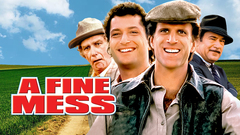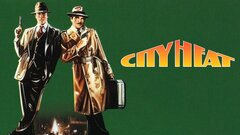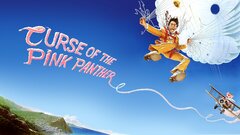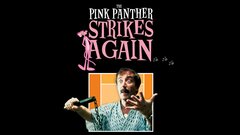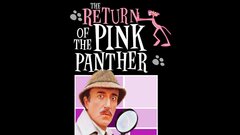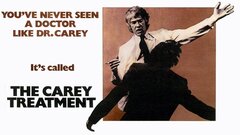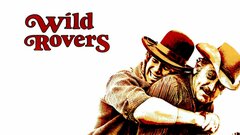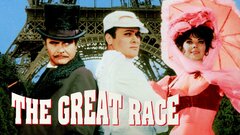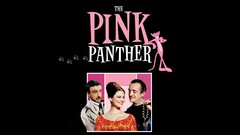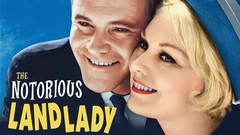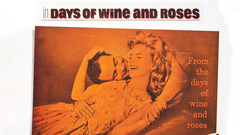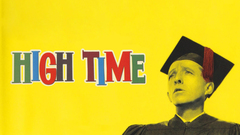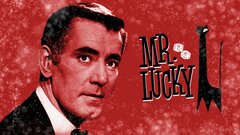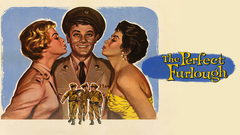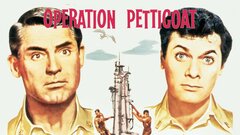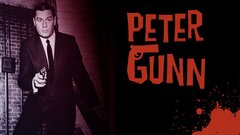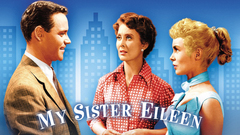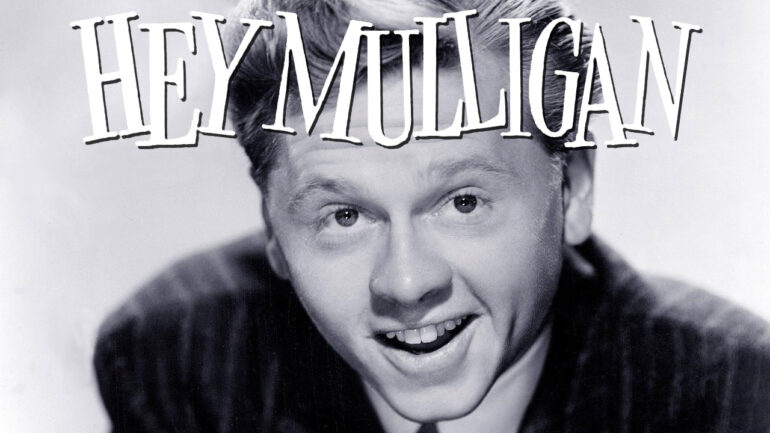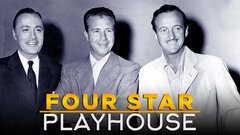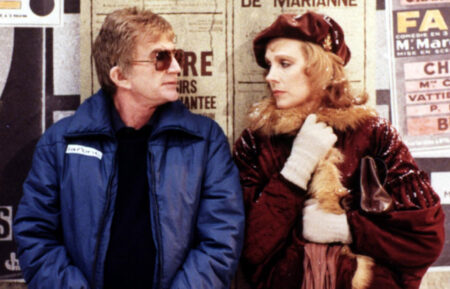Writer and director Blake Edwards was best known for helming the "Pink Panther" comedies of the 1960s and 1970s, but his contributions to entertainment stretched far beyond those wildly popular slapstick tales of the bumbling Inspector Clouseau. He made a name for himself as a "modern cinema" original by combining a colorful visual style with a knack for layered jokes and subtle blend of high and low humor in films like "Breakfast at Tiffany's" (1961) and "A Shot in the Dark" (1964), and as the creator of the stylish detective series "Peter Gunn" (NBC, 1958-1960, ABC, 1961).
A career-long collaboration with composer Henry Mancini's playful compositions became a crucial element in this creative vision. During the 1970s and 1980s, Edwards balanced his ongoing "Pink Panther" releases with more personal, dramatic material that explored the lives of aging artists and society's evolving sexual conventions, best exemplified in his 1979 hit, "10." Only a handful of Edwards' 39 films were hailed with Oscar, Golden Globe and Emmy nominations, but ongoing creative disputes with studio executives compromised what might have been an even larger body of revered work. Misfires notwithstanding, Edwards earned enormous respect among the film industry and his comedies remained popular for generations.
Blake Edwards was born William Blake Crump on July 26, 1922, in Tulsa, OK. His parents divorced when he was young and his mother remarried to Jack McEdwards, a production manager in Hollywood. His stepdad's father was J. Gordon Edwards, an early film director known for his Fox Studio films with racy screen vamp Theda Bara during the teens and early 1920s. Studio backlots became Edwards' playground and the kids of Hollywood heavy-hitters were his childhood friends. He graduated from Beverly Hills High School and served in the Coast Guard briefly before entering the family business, where his stepfather first snared him work as an extra.
Edwards advanced to supporting roles, eventually signing a contract with Fox and appearing in nearly 25 films during the mid 1940s, including B-movies like "Strangler of the Swamp" (1945) and classics like William Wyler's "The Best Years of Our Life" (1946).
Shifting his efforts to writing, Edwards wrote for NBC's hardboiled radio serial "Richard Diamond, Private Detective" (NBC, 1949) which began the development of his trademark sense of humor. He made his screenwriting debut in 1948 with "Panhandle," and by the 1950s, Edwards was steadily cranking out screenplays. He produced the syndicated series "City Detective" (1953) and in 1955, made his directorial debut with "Bring Your Smile Along," a thin musical romance in which Constance Towers played a schoolteacher and would-be songwriter who finds love in the big city.
He made a bigger impression with his writing and directing efforts on "Mister Cory" (1956), which also helped boost the career of the film's star, a young Tony Curtis. In 1958, Edwards created and directed the Emmy-nominated television detective series "Peter Gunn," whose jazz-loving hipster private eye breathed new life into the genre and established Edwards' fresh, youthful vision.
In theaters, Edwards entered his peak filmmaking years, beginning with the classic Cary Grant and Tony Curtis Navy comedy, "Operation Petticoat" (1959). In 1961, Edwards directed Audrey Hepburn in one of the era's most iconic films, a loose adaptation of Truman Capote's "Breakfast at Tiffany's" which earned the actress an Oscar nomination for her portrayal of a fragile country girl masquerading as an eccentric New York socialite. Henry Mancini, who had begun his collaborations with Edwards on "Peter Gunn," earned an Academy win for the film's enduring score and the famous song, "Moon River."
The director followed up with a groundbreaking film that boldly explored a couple's descent into full blown alcohol addiction, "The Days of Wine and Roses" (1963), starring Jack Lemmon and Lee Remick. The film was a Golden Globe nominee for Best Drama, and one that inspired both Lemmon and Edwards to seek their own recovery from alcohol shortly after the film was released.
After proving his versatility with the taut, strikingly photographed thriller "Experiment in Terror" (1962), Edwards introduced audiences to a bumbling French inspector named Jacques Clouseau (Peter Sellers) and began the era of his beloved "Pink Panther" film series. The first release, "The Pink Panther" (1963), was an immediate hit, thanks to writer-director Edwards' blend of high and low humor, a lush visual style, and another sophisticated Mancini score. Sellers, known for his elaborate character creations, ran with the material and left his mark as one of film history's most unlikely and likeable outsider heroes.
Behind the camera, however, Sellers and Edwards locked horns often, vowing never to work together again after the successful sequel, "A Shot in the Dark" (1964). Edwards continued in the vein of madcap comedies with the unsuccessful slapstick ode to Laurel and Hardy, "The Great Race" (1965), which was notable for a pie fight that involved the flinging of 2,357 baked goods. "The Party" (1968) found Edwards and Sellers burying the hatchet for a "fish out of water" tale of an East Indian at a swanky Hollywood party.
The film later gained a loyal cult following, thanks to Sellers' physical humor and in spite of abundant toilet humor and insensitive cultural stereotyping. Edwards continued to stumble at the box office, with the enormous financial failure of the espionage spoof "Darling Lili" (1969) on his head and clashes with studio executives over their "butchering" of dramas "Wild Rovers" (1971) and "The Carey Treatment" (1972). Eventually Edwards' heartbreak over the system turned to depression, and he and new bride Julie Andrews - star of "Darling Lili" - moved to Europe, where they remained for most of the decade.
Andrews and Edwards collaborated again on the spy romance, "The Tamarind Seed" (1974) before financial necessity led Edwards to reconsider the "Pink Panther" series. Sellers was also experiencing a career lull and both put their differences aside to facilitate a career boost. Independently produced, "The Return of the Pink Panther" (1975) broke box office records and revived the film franchise.
Clouseau's boss Dreyfus (Charles Lom) was again obsessed with destroying his underling, the Pink Panther diamond was still at large, and audiences were again rocking theaters with laughter. Edwards and Sellers repeated their success with two more sequels, "The Panther Strikes Again" (1976) and "Revenge of the Pink Panther" (1978). Making his recent success even sweeter, in 1979, Edwards returned triumphantly to the Hollywood fold with the stunning box office and critical success of "10." In the first of a number of autobiographical films, Edwards' adult comedy explored middle-aged angst in an era of changing sexual mores.
Edwards' insightful study was one of the biggest box office hits of the year and earned Golden Globe nominations for stars Julie Andrews, Dudley Moore and Bo Derek - who created a sensation, running on a beach in a flesh-colored bathing suit, cornrows blowing in the breeze - and another Oscar for composer Mancini.
Edwards was back in Hollywood, but he was no longer playing the Hollywood game. He next wrote and directed a biting satire of his experiences with big studio brass, "S.O.B." (1981), which remained one of the best send-ups of the film business. He went on create one of the artistic triumphs of his and Andrews' careers with "Victor/Victoria" (1982), a musical adaptation of a 1933 German film about a woman masquerading as a man in drag.
The film earned eight Oscar nominations including one for Edwards' adapted screenplay. The same year, however, Edwards' received some flak for "The Trail of the Pink Panther" (1982), which used old footage of the now deceased Sellers to piece together a story. The following year's "Curse of the Pink Panther" (1983) revolved around a new bumbling American detective (Ted Wass) and failed to attract movie audiences.
The remainder of Edwards' work throughout the 1980s seemed to emanate from his own psyche and ran the risk of being labeled self-obsessed. "The Man Who Loved Women" (1983) was a weak remake of the 1977 Francois Truffaut film and starred a womanizing Burt Reynolds, and "That's Life!" (1986) focused on a man (Jack Lemmon) and his fear of turning 60, while his wife (Julie Andrews) worries whether or not she has cancer.
It was perhaps Edwards' most personal film, shot at his and Andrews' Malibu home, with much of the dialogue improvised. It was met with mixed critical reception and indifference from audiences. Edwards made a second attempt to pay homage to Laurel and Hardy with a remake of their 1932 short, "The Music Box" called "A Fine Mess" (1986). Again Edwards was plagued by studio interference and unwanted editing, which rendered the film a forgettable flop.
Edwards had a minor hit with "Skin Deep" (1989), a comedy in which John Ritter played a drunken, womanizing writer with a multitude of problems and just as much charm to offset them. The film also contained one of the funniest scenes of the decade, in which Ritter dons a glow-in-the-dark condom. "Switch" (1991), in which a macho man awakens as a woman (Ellen Barkin), was resoundingly panned by critics, and Edwards attempted to resurrect his comedy success with "Son of the Pink Panther" (1993), in which Roberto Benigni stepped in as Clouseau's son.
Reviews unfavorably compared this effort with the originals and it sank at the box office.
In 1995, Edwards fulfilled a long-held dream of writing and directing a stage musical adaptation of "Victor/Victoria" for Andrews. After a bumpy start in Chicago, the show arrived on Broadway with a score by Henry Mancini and Leslie Bricusse. Many reviews faulted Edwards' direction and musical book, however Andrews received personal raves and the show went on to become a box office success, due in no small part to her presence.
Edwards never received an Academy Award during his film career, but in 2004 the Academy of Motion Pictures gave him an honorary award for his lifetime contributions to the film world. On Dec. 15, 2010, the beloved filmmaker passed away from complications of pneumonia in Santa Monica, CA. His wife and five children were at his bedside. He was 88 years old.















